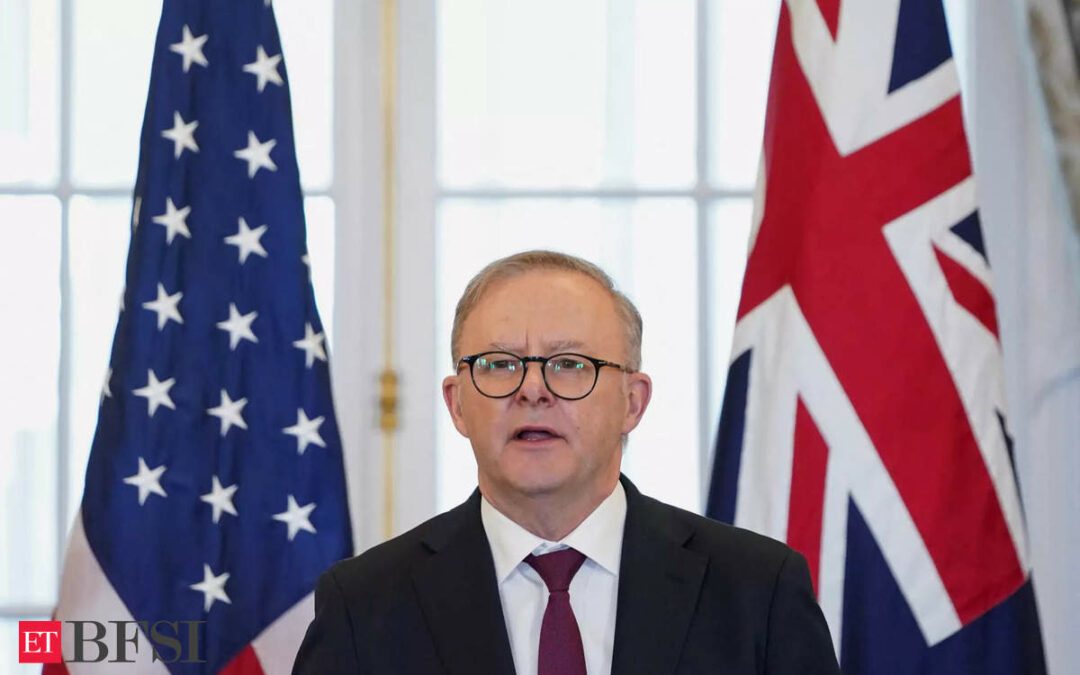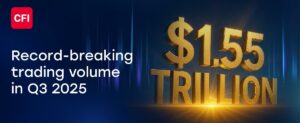SYDNEY -Australia Prime Minister Anthony Albanese said on Wednesday he would consult lawmakers to modify proposed tax cuts for higher earners, potentially breaking an election pledge in a decision some economists worry could stoke inflation.
The already-legislated tax cuts were due to abolish a 37% tax band for those earning A$120,000 ($78,960) to A$180,000 a year, as well as applying a 30% tax rate to income between A$45,000 and A$200,000 that currently begins at 32.5%.
Local media reported the 37% band would be retained under the new proposal, with the savings redirected to those on middle and low incomes.
People earning A$200,000 a year or more would have their annual tax break halved to A$4,529, according to the Australian Financial Review (AFR), while those earning between A$40,000 and about A$140,000 would benefit financially from the new plan.
Albanese told a news conference he would be taking a revised proposal to the ruling centre-left Labor Party’s parliamentarians later on Wednesday, without elaborating further.
“We understand that Australians are under pressure. And we’re providing support through the plan that I’ll take to the Party room this afternoon,” focusing on middle Australians, he said.
The AFR reported the country’s finance ministry has advised the modifications would be budget and inflation neutral, without citing its sources.
Stephen Smith, a partner at Deloitte Access Economics, said the changes outlined in local media reports are not budget neutral and would cost $3 billion in the 2024/2025 budget based on his estimates.
That essentially means the government would be pumping $3 billion extra into the economy if it does not save money elsewhere or try to offset some of the spending, Smith warned.
“If that was to happen, I think the Reserve Bank would be very wary… At the moment, we’re expecting there might be two rate cuts in the second-half of 2024, but certainly there would be the risk that those two interest rate cuts could become one interest rate cut, or perhaps none.”
Shane Oliver, chief economist at AMP, said the proposed changes benefited low- and middle-income earners, who tend to spend rather than save, and risked adding to inflation in the second half of the year and potentially delaying interest rate cuts. AMP sees the first rate cut in June.
Markets are wagering Australia’s interest rates have peaked but do not expect the Reserve Bank of Australia to start cutting until November.
POLITICAL RISK
Albanese has faced criticism over his repeated promise to retain the tax cuts legislated under a previous centre-right government, as many in the country face surging living costs at a time when outgoings including rents and food prices have far outstripped wage growth.
But reneging on his election promise also comes with political risk, with Albanese’s approval ratings close to their lowest levels since taking power in May 2022.
Albanese’s Labor Party has a majority in the country’s lower house of parliament, but will need support of the minority Greens to pass any changes to the tax cuts through the upper house.
The opposition coalition strongly supports the tax cuts.
($1 = 1.5198 Australian dollars) (Reporting by Alasdair Pal and Stella Qiu in Sydney; Editing by Lincoln Feast and Jamie Freed)











